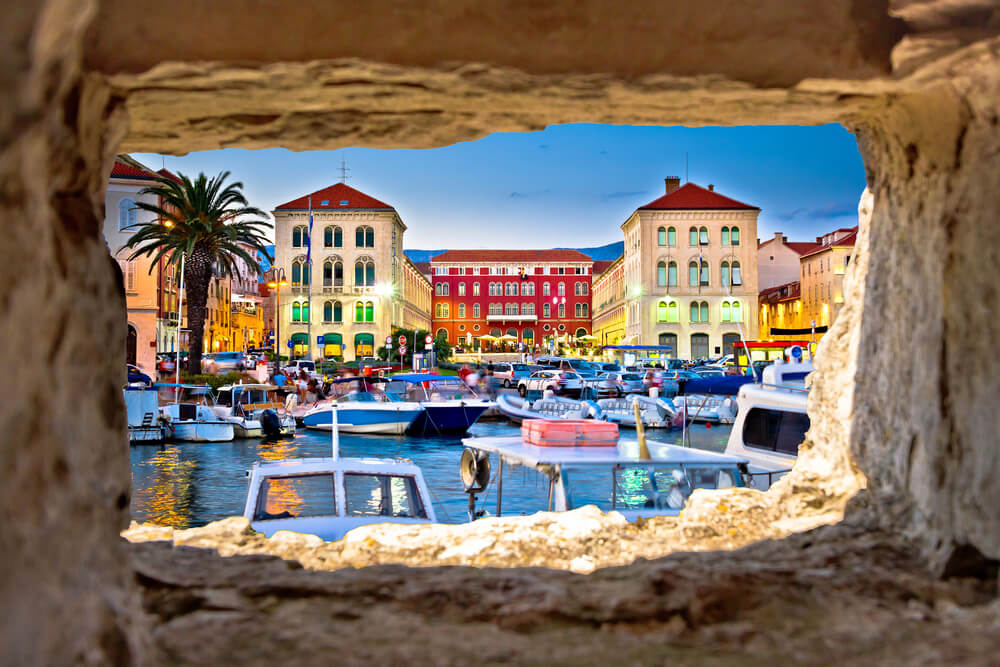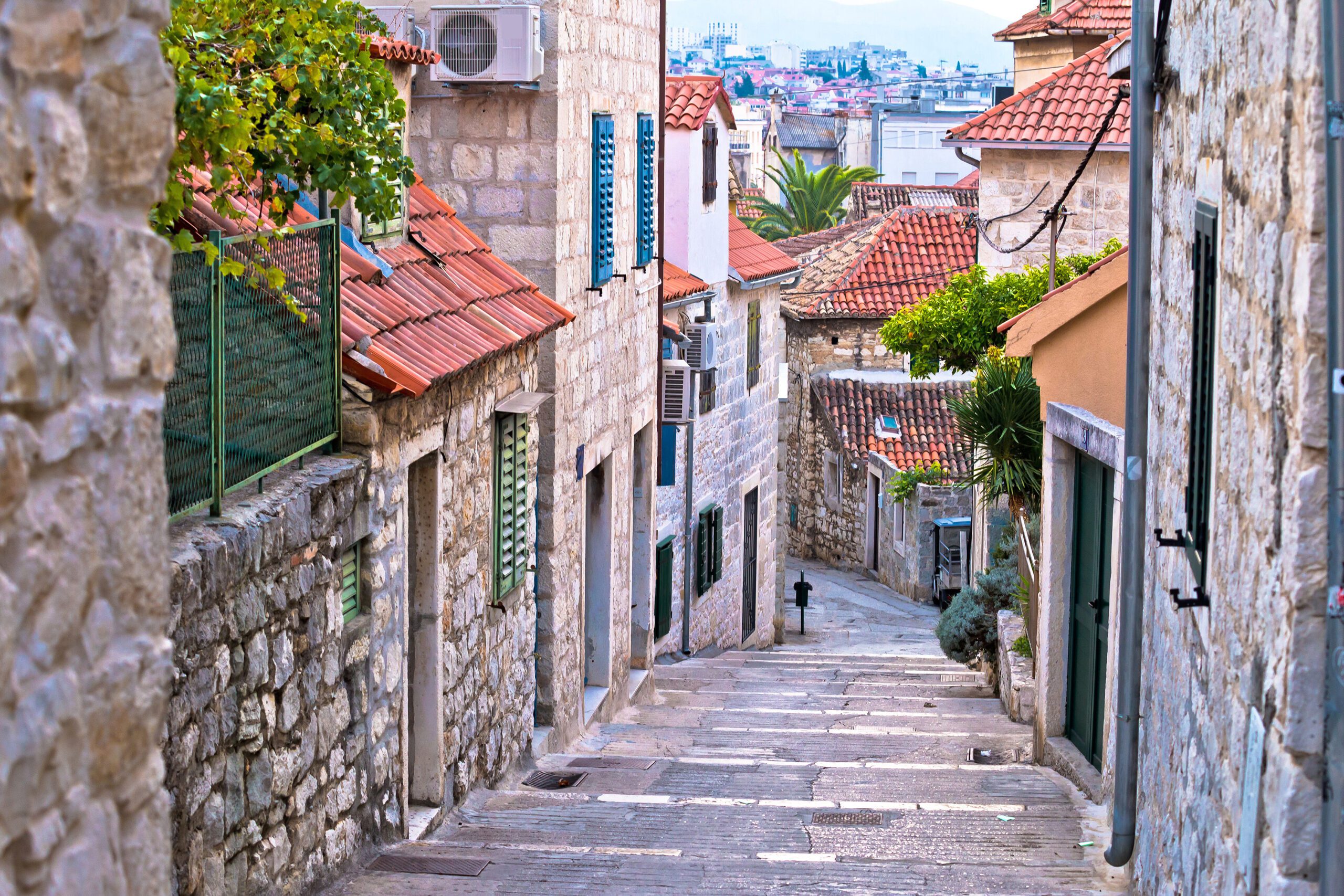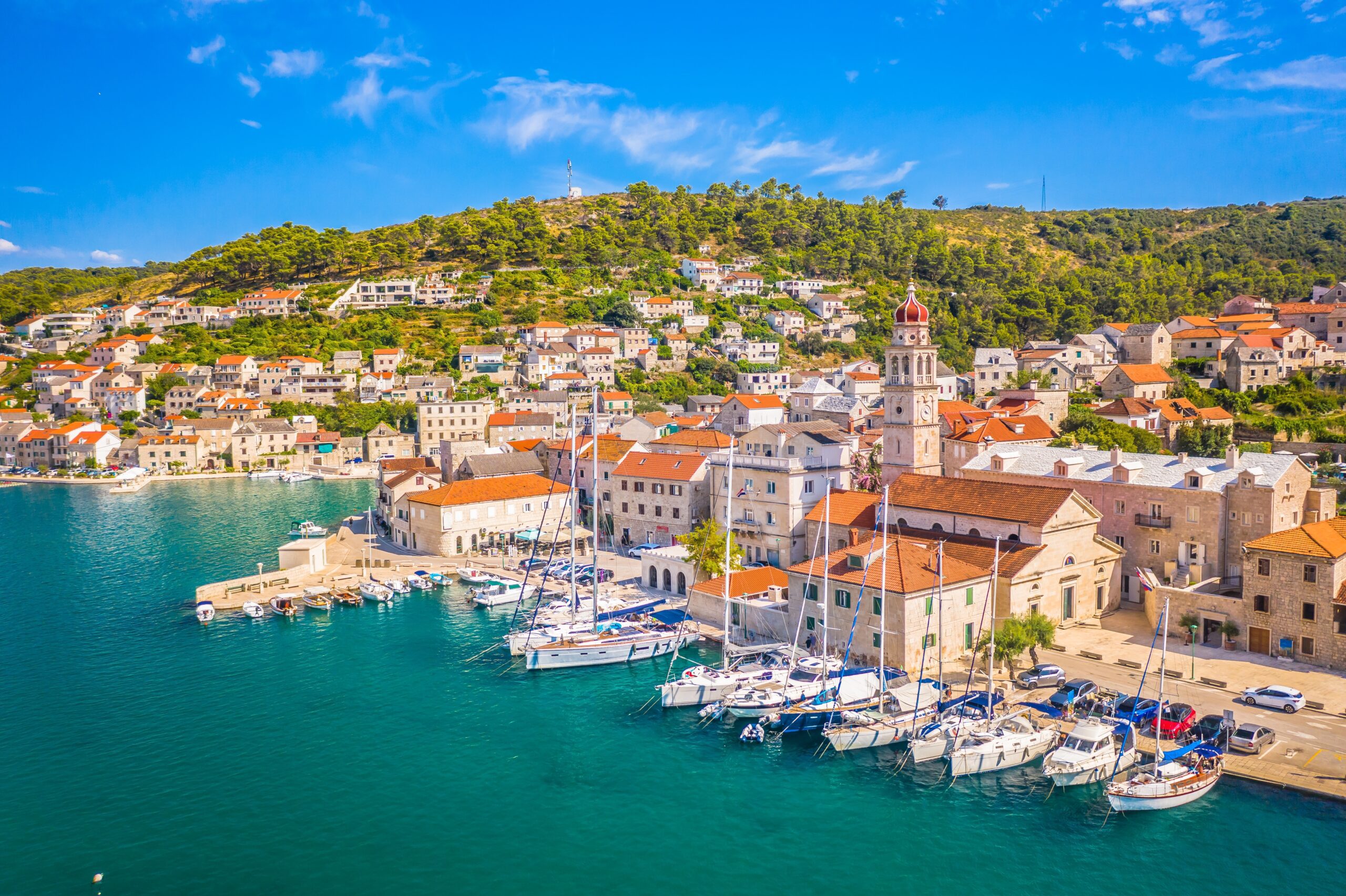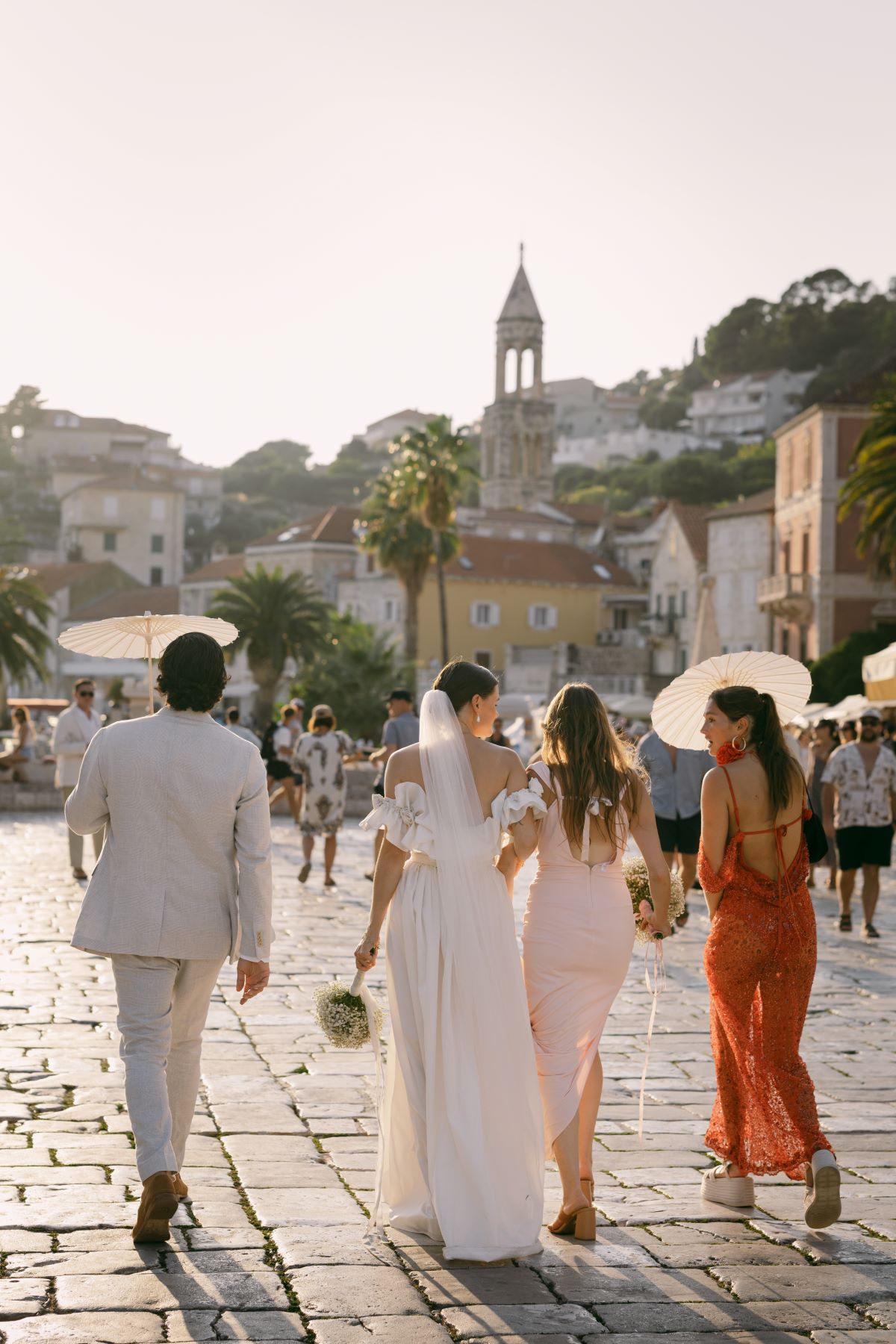
Central Dalmatia, with its stunning blend of rich history, breathtaking landscapes, and unique cultural landmarks, is one of the most captivating regions in Croatia. From ancient Roman architecture to pristine beaches, this region offers travelers an unforgettable experience. Here’s a journey through the top landmarks in the key cities and towns of the county:
Split: The Heart of Dalmatia
Split, the largest city in the region, is a vibrant mix of ancient history and modern life. At the heart of Split lies Diocletian’s Palace, a UNESCO World Heritage Site and one of the best-preserved Roman monuments in the world. Built by the Roman Emperor Diocletian in the 4th century, this immense palace complex is now a bustling hub with shops, restaurants, and apartments within its walls.
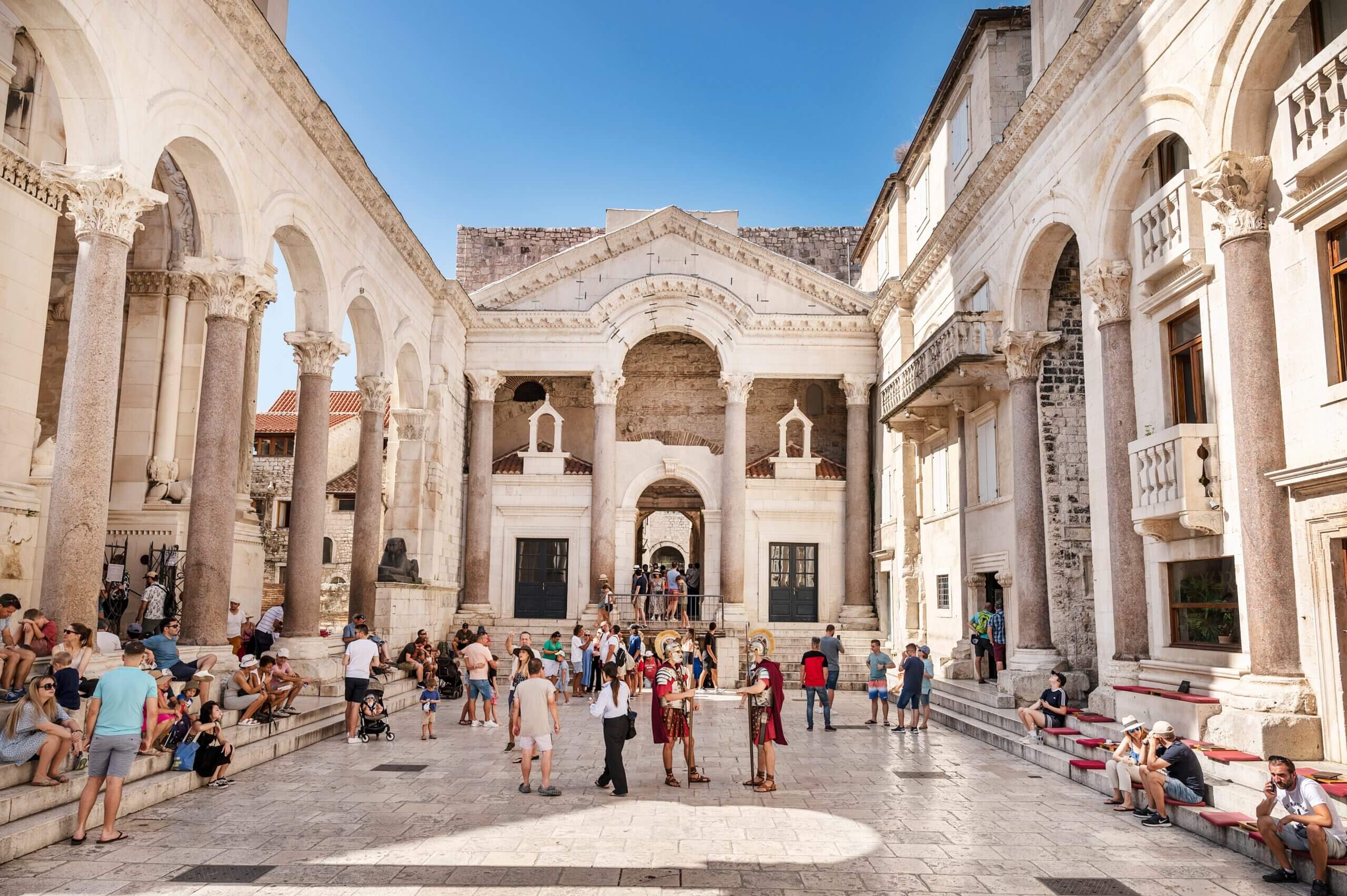
The Peristyle Square and the Temple of Jupiter are other iconic spots within the palace, reflecting the grandeur of Roman architecture. A short walk from the palace will bring you to Riva, the city’s iconic seafront promenade. Another landmark is Marjan Hill, often called the green lungs of the city. Offering panoramic views of Split, the sea, and nearby islands, it’s an ideal spot for nature lovers. Marjan is also home to several ancient churches and hermitages.
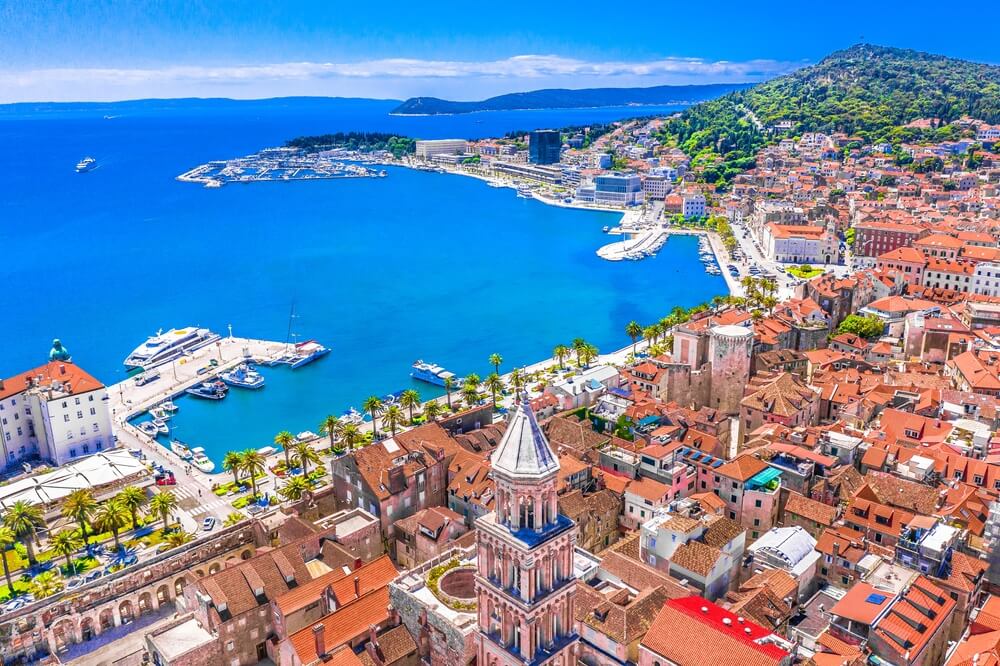
Trogir: A UNESCO Treasure
The charming town of Trogir, also a UNESCO World Heritage Site, is a hidden gem just a short drive from Split. Its medieval core, surrounded by ancient city walls, is a living testament to the town’s long history. Stroll through its narrow cobblestone streets, and you’ll encounter Trogir’s Cathedral, a stunning Romanesque-Gothic structure with an intricately carved portal by the famous master Radovan.
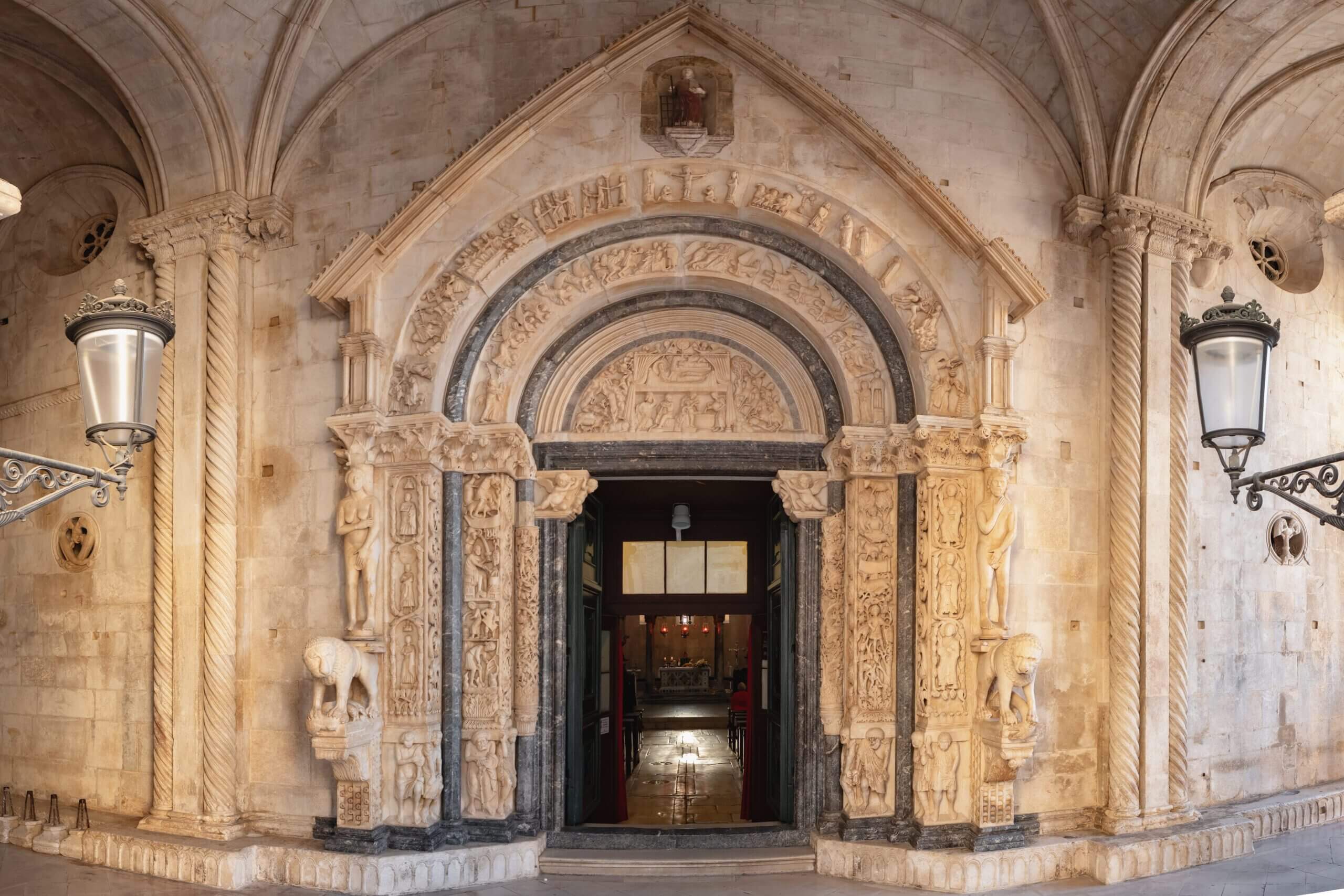
Trogir’s Kamerlengo Fortress, located at the edge of the old town, dates back to the 15th century and offers spectacular views of the harbor and surrounding islands. This fortress, built by the Venetians, was used to defend the town from pirate attacks and is an excellent spot to learn more about Trogir’s turbulent history.

Makarska: Coastal Beauty and Outstanding Nature
The coastal town of Makarska, nestled between the majestic Biokovo Mountain and the azure waters of the Adriatic, is home to some of the most beautiful natural landmarks in the region. The Biokovo Nature Park offers stunning hiking trails and panoramic views of the Makarska Riviera. The park is also home to the Skywalk Biokovo, a glass platform perched on the cliffs, offering breathtaking views of the coastline.
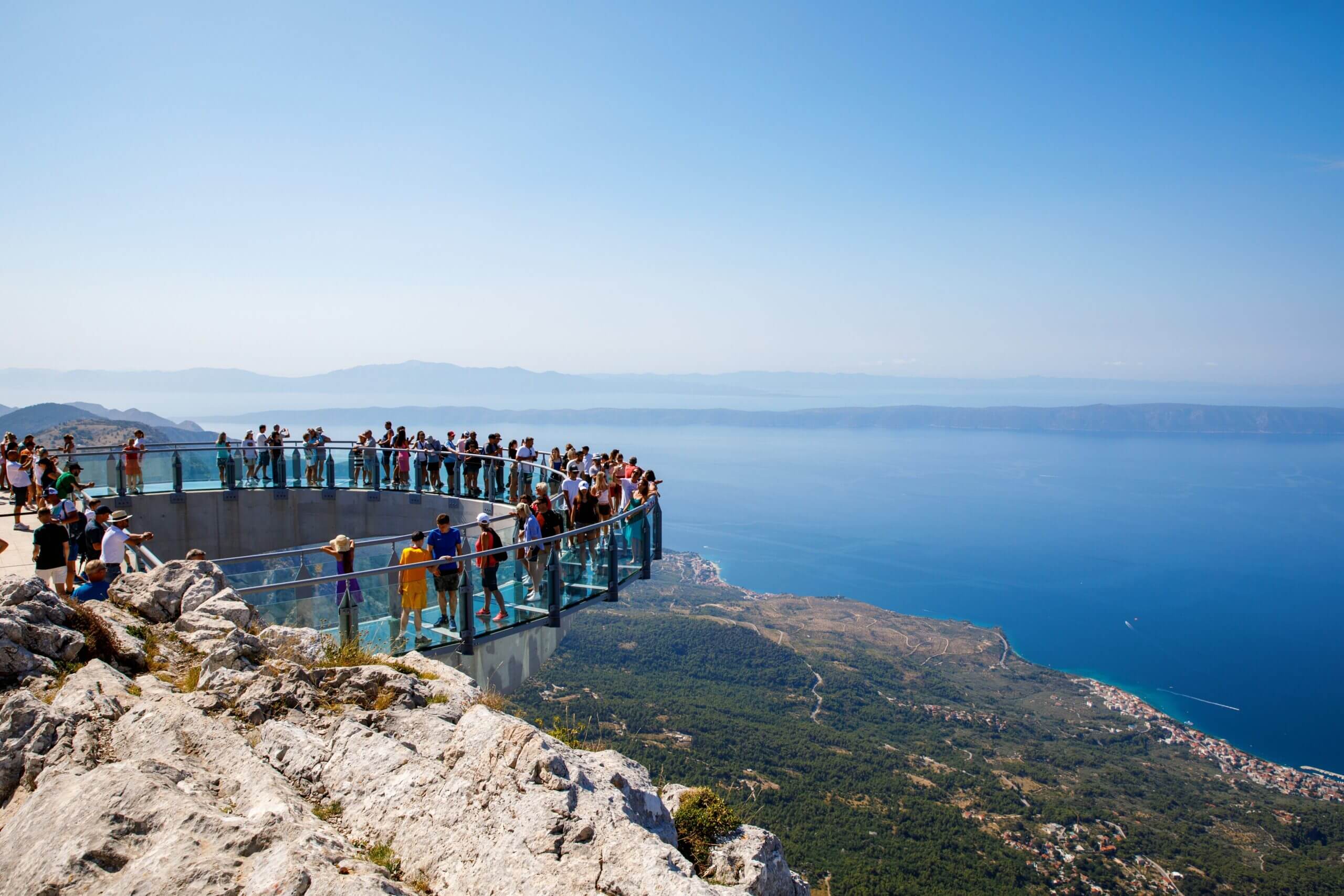
The town’s central landmarks are St. Mark’s Church and Waterfront, with its palm-lined promenade, provides a serene spot for an evening walk, with the impressive mountain backdrop adding to the charm. The waterfront leads to saint Peter’s peninsula, perfect spot for taking photos of Makarska, Biokovo, and the amazing sunsets.
Hvar: A Mix of History and Stunning Views
The island of Hvar is famous for its vibrant nightlife, but it’s also home to some remarkable historical landmarks. The Fortica Fortress (Spanish Fortress), dating back to the 16th century, is a standout, offering spectacular views over the town of Hvar and the surrounding islands. Hvar was once a strategic Venetian stronghold, and its fortifications tell the story of the island’s defensive role.

Another must-see is Hvar Cathedral, a Baroque-style church that dominates the town’s main square, Saint Stephen’s Square. The cathedral is dedicated to St. Stephen, the patron saint of the town.
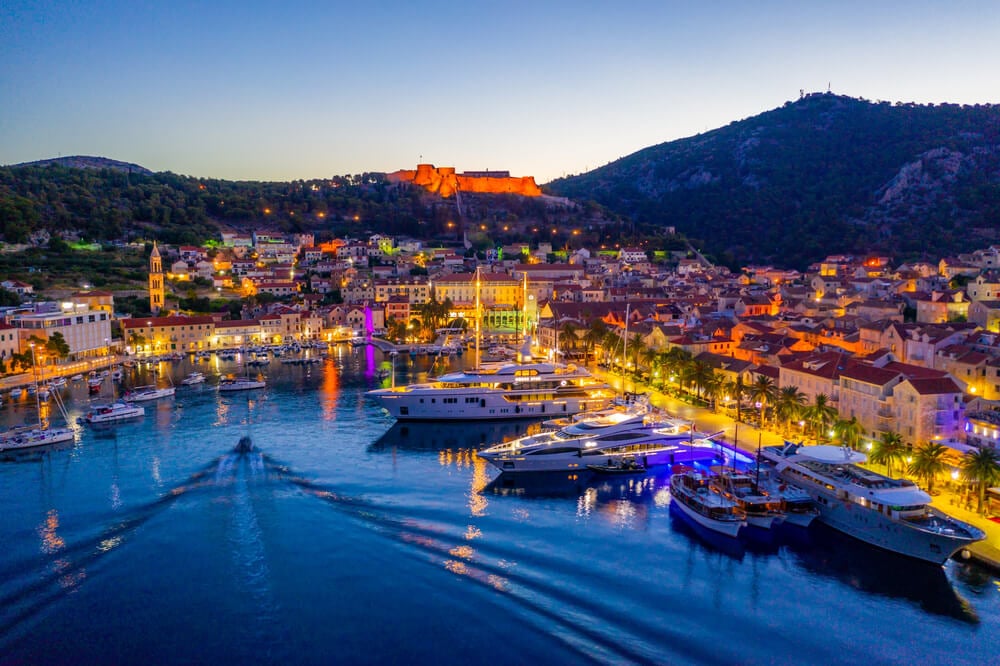
Brač: A Peaceful Island Getaway
One of the most iconic spots on the island of Brač is the Golden Horn (Zlatni Rat) beach, located near the town of Bol. This unique, fine pebble – sandy peak (horn) changes its shape according to winds and sea currents, and is considered one of the most beautiful beaches in the world. Zlatni Rat is a popular destination for water sports and relaxation.
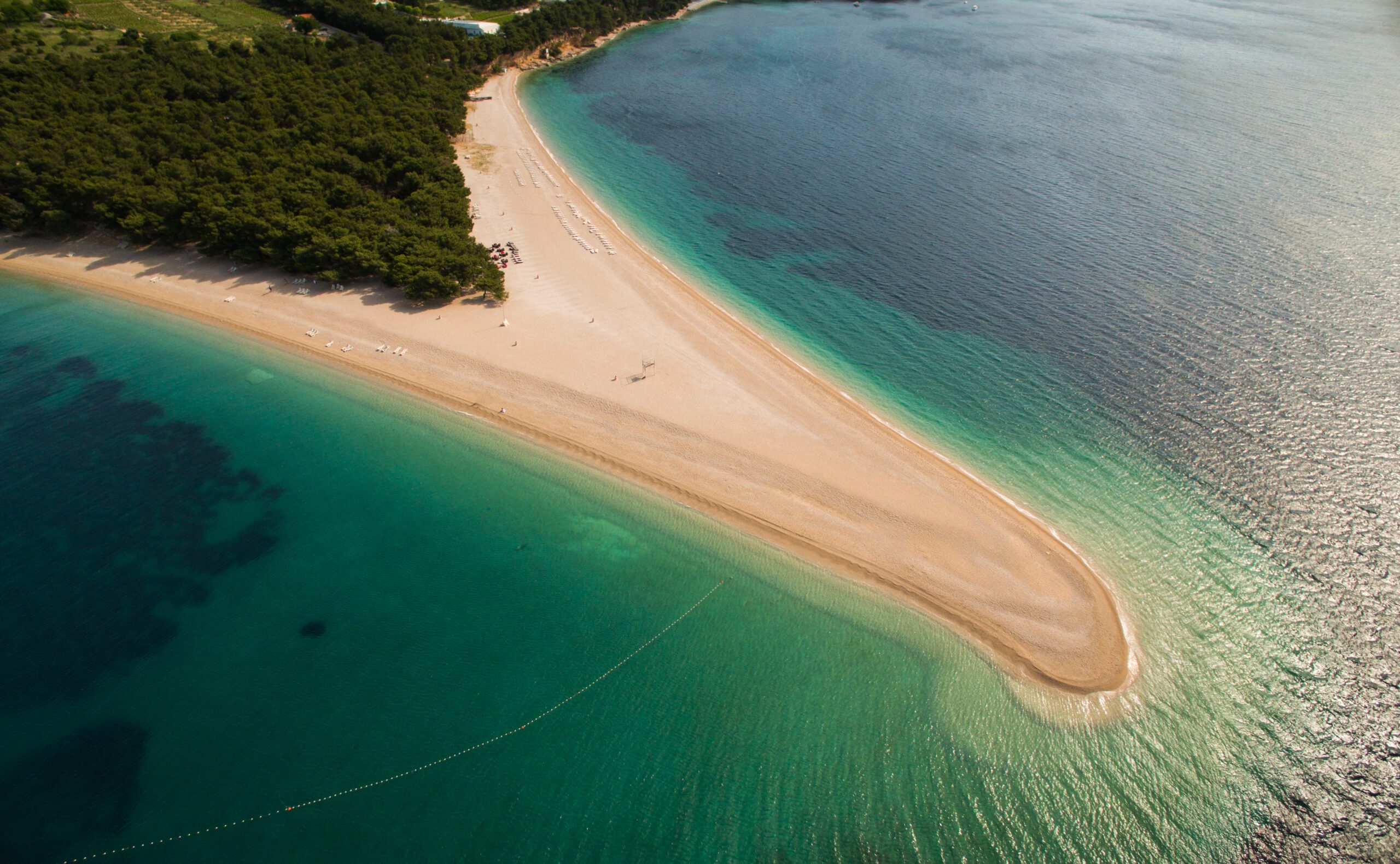
The town of Supetar is another highlight, with its picturesque St. Peter’s Church and a lovely seafront promenade. On the island’s interior, the Blaca Hermitage – a centuries-old monastery nestled in a remote valley.
Vis: The Island of Mystery and Beauty
The island of Vis is known for its unspoiled nature. Perhaps the most famous landmark on Vis is the Blue Cave (Modra Špilja) on the nearby island of Biševo. The ethereal glow of the cave, caused by sunlight reflecting off the white seabed, is a once-in-a-lifetime experience for visitors.
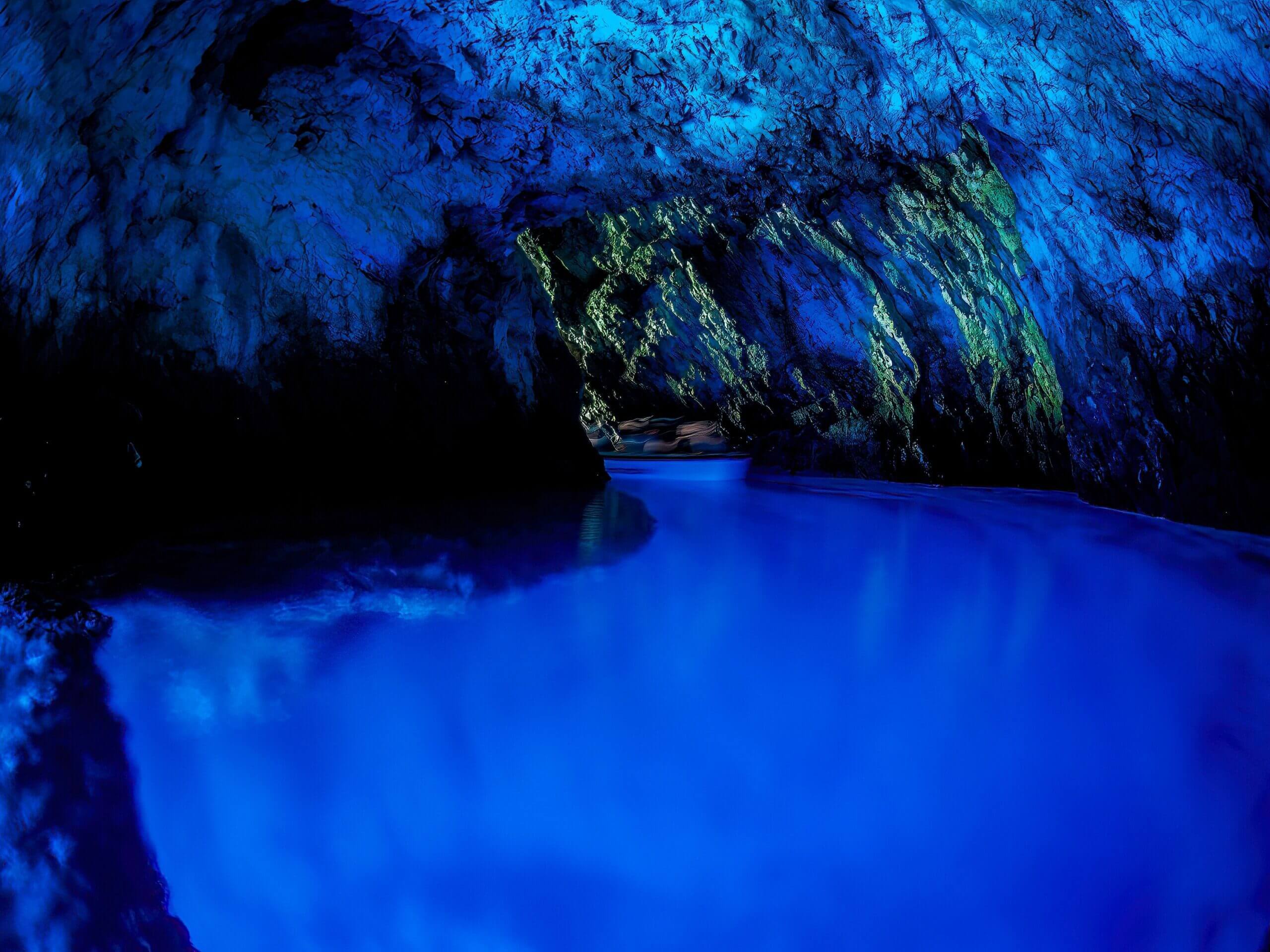
The Roman ruins in the town of Vis itself are a testament to the island’s long history. Visitors can explore the remains of the Villa Rustica, a Roman country house, and other ancient ruins scattered across the island. Vis was an important military base during the Second World War, and its underground military tunnels reflect its once strategic importance.
Omiš: A Coastal Gem with Rich History
The small town of Omiš, is located where the Cetina River meets the Adriatic Sea. Fortress Mirabela, perched high on a hill, was once a hiding spot for pirates who would oversee the canal from there, and now it’s a stunning viewpoint.

Another highlight is the Cetina River Canyon, famous for its stunning natural beauty. The canyon offers opportunities for rafting, kayaking, and hiking, making it an ideal destination for outdoor enthusiasts.
